What I Learned In The Galápagos: Part I

1. Expect to be sprayed with disinfectant before you land. Airport security screening is for plants and animals, not weapons. In 1971 the National Park Service successfully eradicated goats from Rábida. This introduced species upset the natural environment and led to the extinction of several native creatures including geckos, land iguanas, and rice rats.
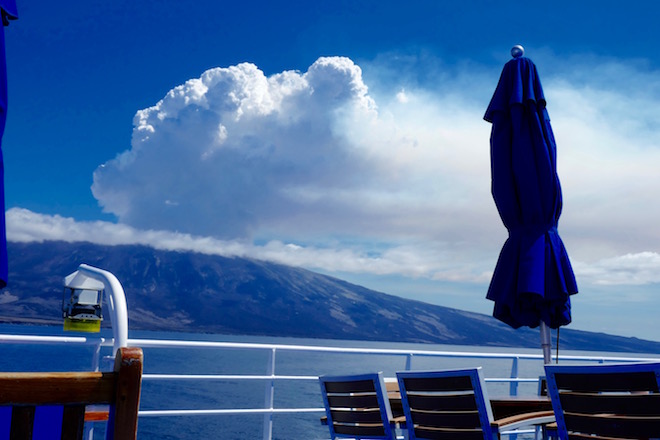
2. Best time to visit is when a volcano erupts, preferably after you've hiked around the island. And if you go with Lindblad Expeditions, you know they'll circle back the next evening to check on the volcano.

3. The darker the feet on a male blue-footed booby, the more attractive they are to the females. Lighter colored feet mean they've had too much sex already.
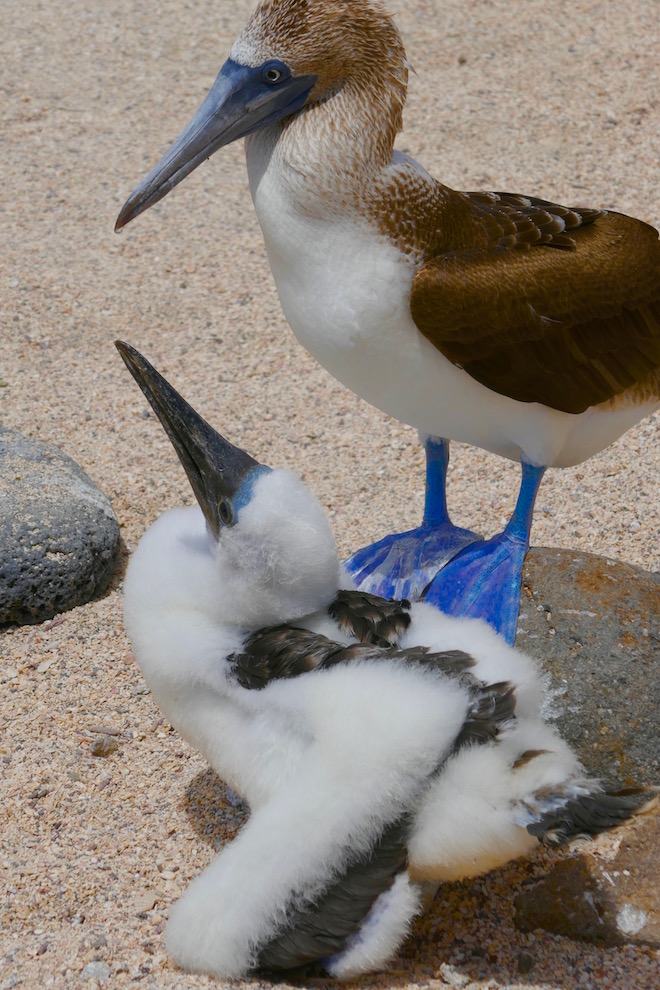
4. The spectacular red sand and rock on Rábida is the result of oxidation the moment the island was formed. Unpopulated except for flamingos, and sea lions, it’s the only Galápagos site where Darwin’s nine finches are found.

5. Zodiac boats hold 12 adult humans plus all their luggage, and dry landings are a lot like wet landings. GORE-TEX hiking boots get wet either way.
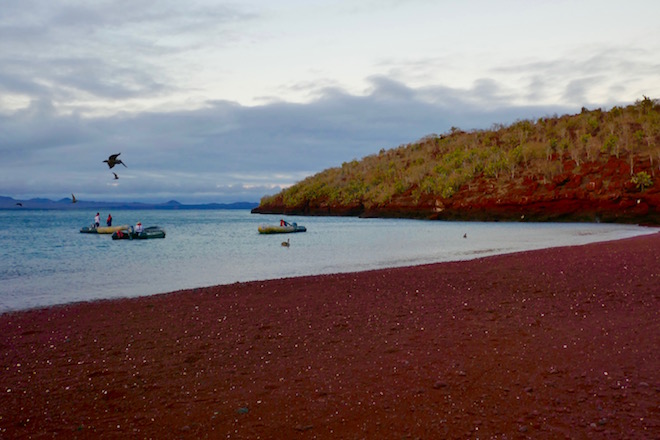
6. If you skip the two-hour morning mountain hike and kayaking, you can sunbathe on the deck of National Geographic Endeavor II and have the entire ship to yourself.
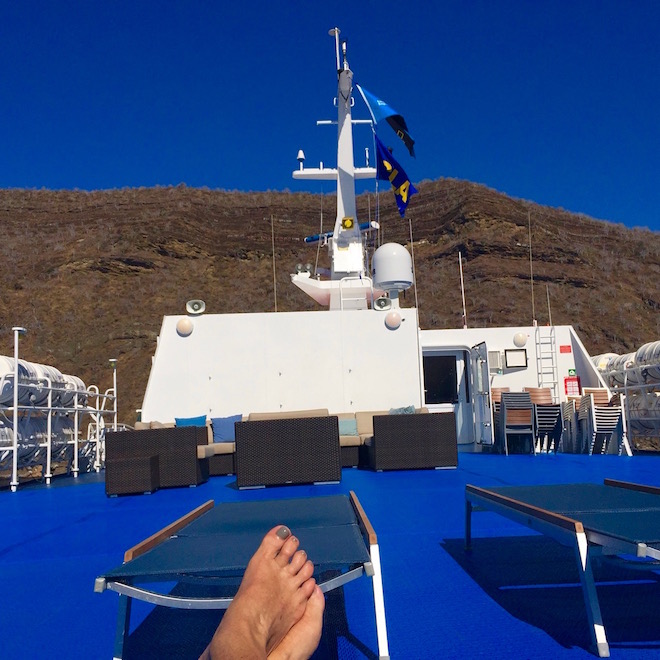
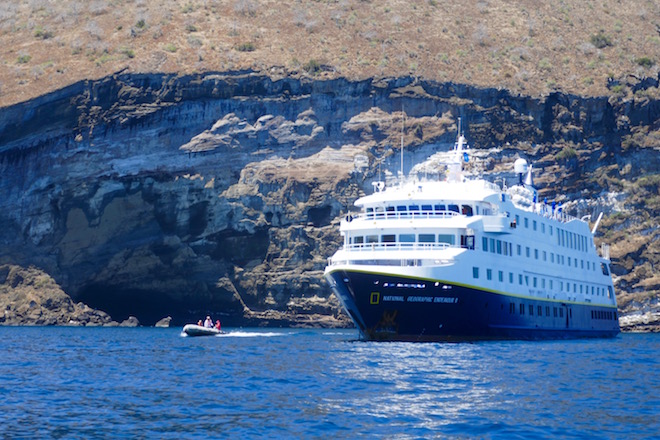
7. Frigatebirds put on quite a show to get laid, iguanas loll around in monochrome, and cormorants don't mind that they can't fly. They're all living in paradise.
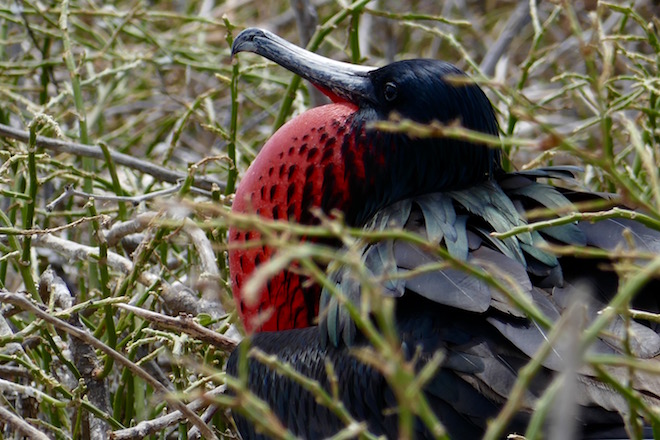

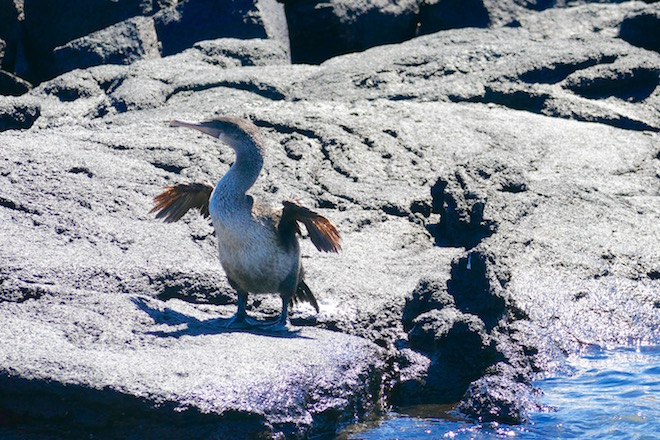
8. Darwin’s giant tortoises are treated better than local islanders. Lonesome George, sent to the world’s finest taxidermist, has a climate controlled designer shrine.
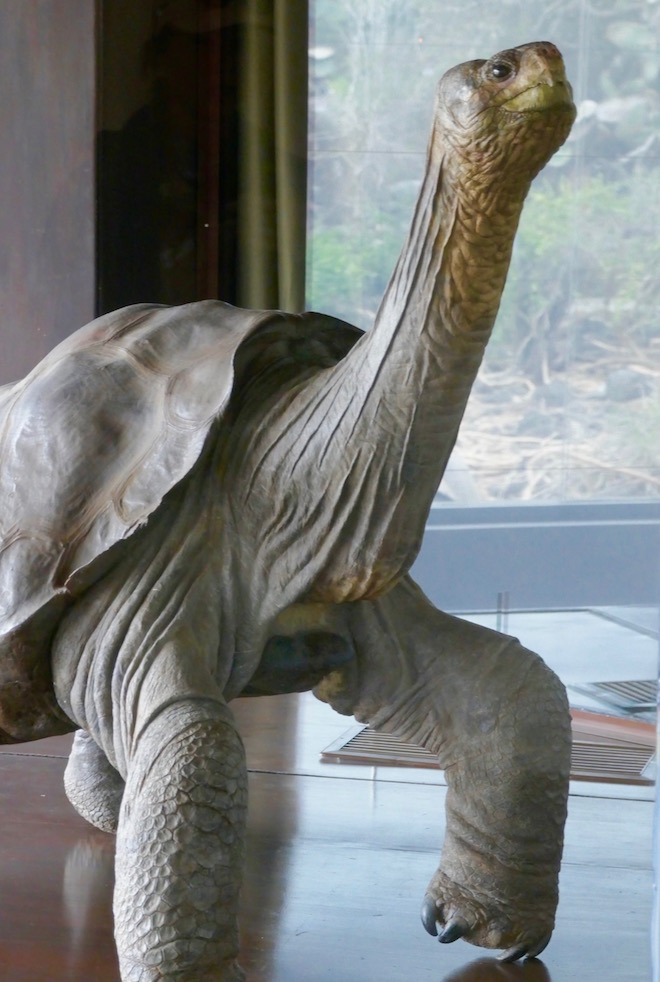
9. The archipelago looks a lot like the Amalfi Coast but without tourists or great outdoor dining … unless you're a bird.


10. Don’t expect results from Darwin Research Station and Tortoise Breeding Center on Santa Cruz Island this century. Giant tortoises don't start mating till they're a hundred.






